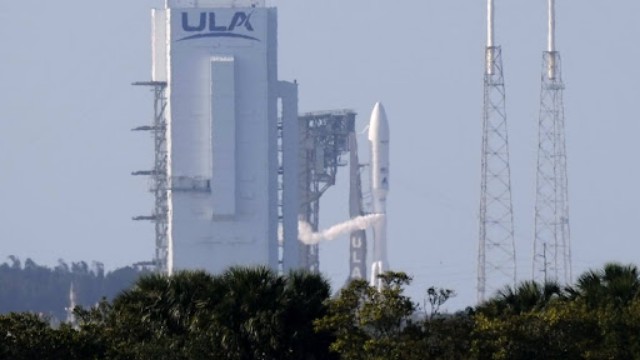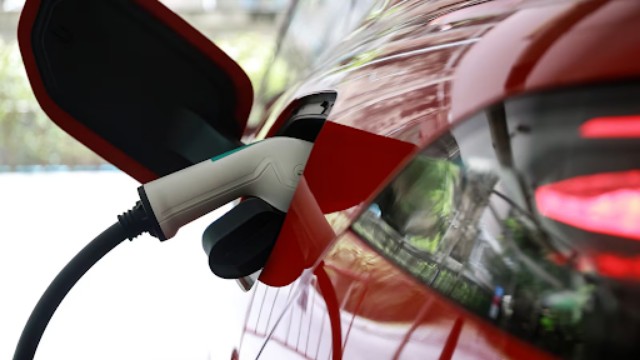
A robotic waiter delivers meals to customers at a café in Nairobi, Kenya, on Thursday, August 29, 2024. AP Photo
In a bustling café in Nairobi, Kenya, children laugh and diners eagerly record the unique sight of robots delivering plates of freshly prepared meals. The Robot Café believed to be the first of its kind in Nairobi and East Africa, has quickly become a popular spot. The café features three robots—Claire, R24, and Nadia—gliding between tables and serving customers with their inbuilt trays. These robots, though not capable of full conversations, can greet customers and inform them when their orders are ready. After customers take their food, they must press an exit button for the robot to continue its service.
The café owner, Mohammed Abbas, was inspired to introduce robots after witnessing similar technology in Asian and European countries. Despite the high cost of importing the robots, Abbas considers the investment worthwhile, as the café consistently attracts curious visitors who want to experience robotic service firsthand. Customers like Packson Chege find the concept unique, noting that such technology is a novelty in Kenya.
Though the robots add a futuristic element to the dining experience, human waiters remain essential to the café’s operations. They handle orders from customers who prefer not to use the online system and deliver drinks, a task the robots cannot perform. The robots are controlled via an iPad application by the waiters, ensuring a seamless blend of human and robotic service.
Robotic waiter Claire brings an order to customers at the Robot Cafe in Nairobi, Kenya, on Thursday, August 29, 2024. AP Photo
The introduction of robots in the hospitality industry raises questions about the future of the workforce, particularly in Africa, where the population is predominantly young, with a median age of 19. Despite concerns that robots might replace human jobs, the café’s manager, John Kariuki, emphasizes that the robots are not a substitute for human waitstaff. He points out that the robots are costly to acquire and cannot handle all the services needed in the restaurant.
Edith Ojwang, an expert in the hospitality industry, believes there is room for both robotic and human service to coexist. She explains that the industry caters to diverse clients, some of whom may prefer the efficiency and novelty of robots, while others value the warmth and personal interaction that comes with human service. Therefore, she argues, the rise of robotic waiters does not necessarily threaten human jobs but rather adds another layer of service options in the hospitality sector.















